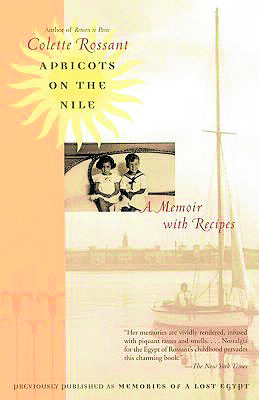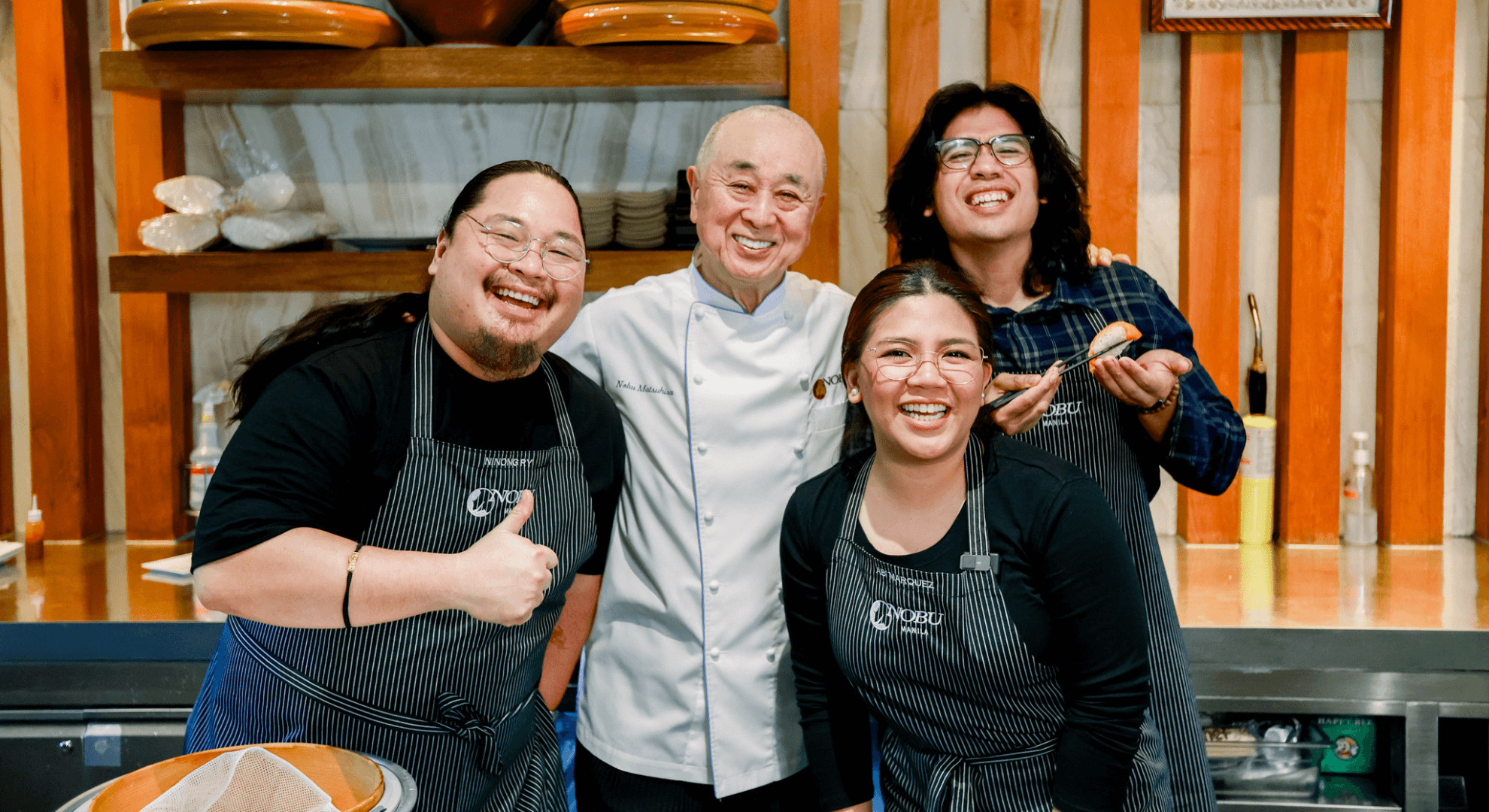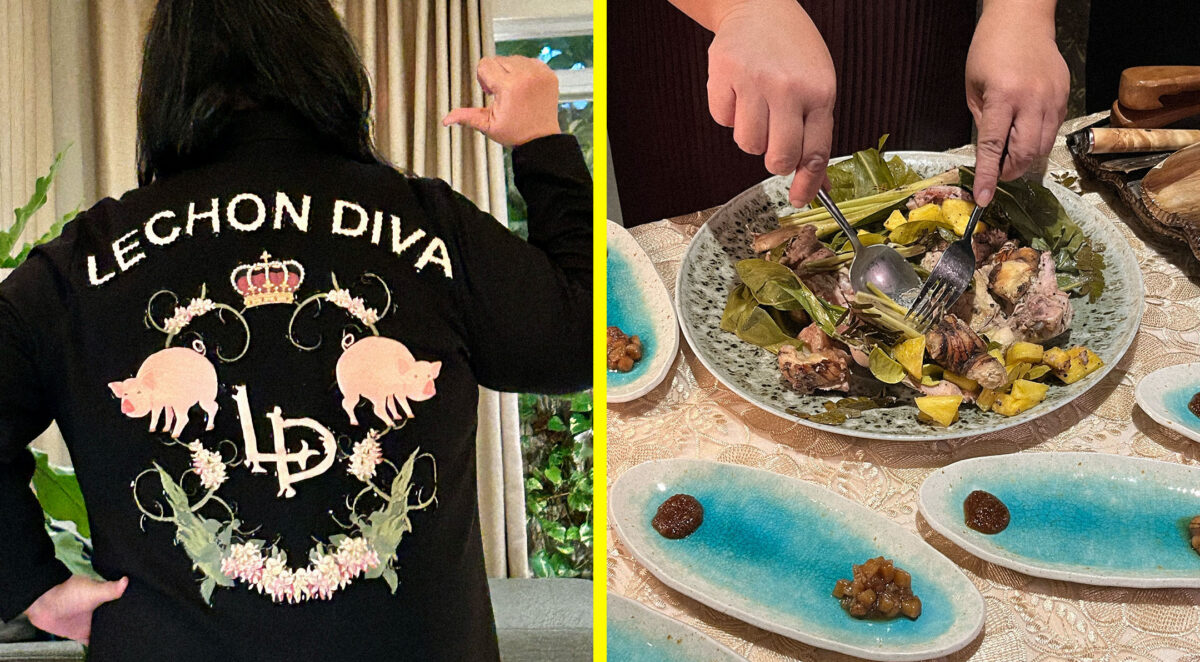
It’s difficult to remember by heart every recipe in cookbooks. Thankfully, researching recipes is a click away on the internet. It’s a quick way to find out if you have all the ingredients needed for a dish. Then you choose which of the procedures make sense. By that, I mean the cooking process is logical.
Years of editing recipes have made me quite strict about procedure. First, I check if all the ingredients are in the procedure, or if all the ingredients in the procedure are on the list of ingredients.
Ingredients should also be listed according to when they are used in the procedure. If garlic is needed for the sauté, it should be first on the list.
But let me give an example. One time, I wanted to cook a favorite, ampalaya con carne (bitter melon with beef). The first ingredient listed was “2 ampalaya halved lengthwise, seeded and sliced thinly.”
Some recipe writers like to include some of the procedures in the ingredients list. It supposedly shortens recipe length. However, working on the premise that a cook first gathers and measures the amount of ingredients means that whatever is to be done with the ingredients should be in the procedure. The recipe has a sauce, but the ingredients for it were all over the place.
I had to rewrite the recipe in my notebook this way:
1. What to do with the ampalaya2. What to do with the beef
3. How to make the sauce
4. How to cook the beef
5. How to cook the ampalaya6. How to combine everything and correct seasoning
Logical steps
When I work with a chef or a cook, I make them understand the reason for logical steps. Blame it on my computer background. A program is written in steps, one leading to the next, to achieve results needed. If steps are not logical or clear, the computer will not do what it’s supposed to.
Good cooks will also tell you where a recipe may not work. My mother-in-law, upon reading a humba recipe, commented that the pork will not be tender if the cooking time is followed. She insisted on parboiling the pork first before putting in flavorings. She said the cooking time is lessened and the pork will assuredly be tender. I have listened to her for such dishes as binagoongang baboy (pork in shrimp paste).
I hope that future recipe writers will consider what was discussed here. But I also know that there are several ways to write a recipe, not necessarily the usual ingredient-and-procedure system.
Some do it in paragraph form or in story form, although there is always a reference to quantity. Here is a sample taken from Colette Rossant’s “Apricots on the Nile: A Memoir with Recipes” (Washington Square Press, 1999):
Tomato Salad
Peel and slice 4 ripe tomatoes. Place in a salad bowl.
Mix together 1 minced shallot, 1 tbsp chopped fresh tarragon, 1 tbsp chopped chives, 1 tbsp fresh lemon juice, 2 ¼ tbsp olive oil, and salt and pepper. Beat with a whisk until emulsified and pour over the tomatoes. Toss and serve. This is enough for 4.
Email the author at pinoyfood04@yahoo.com













































